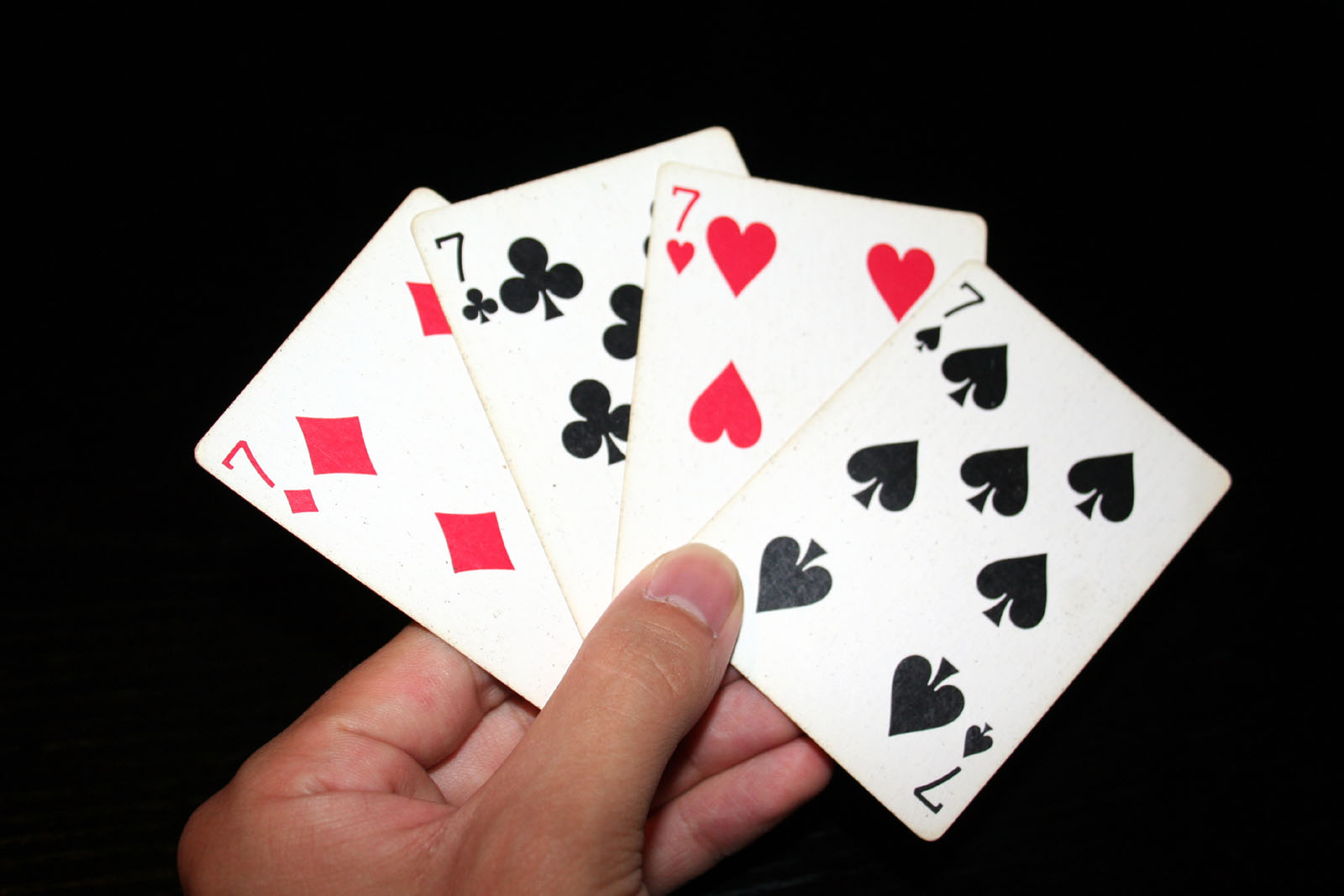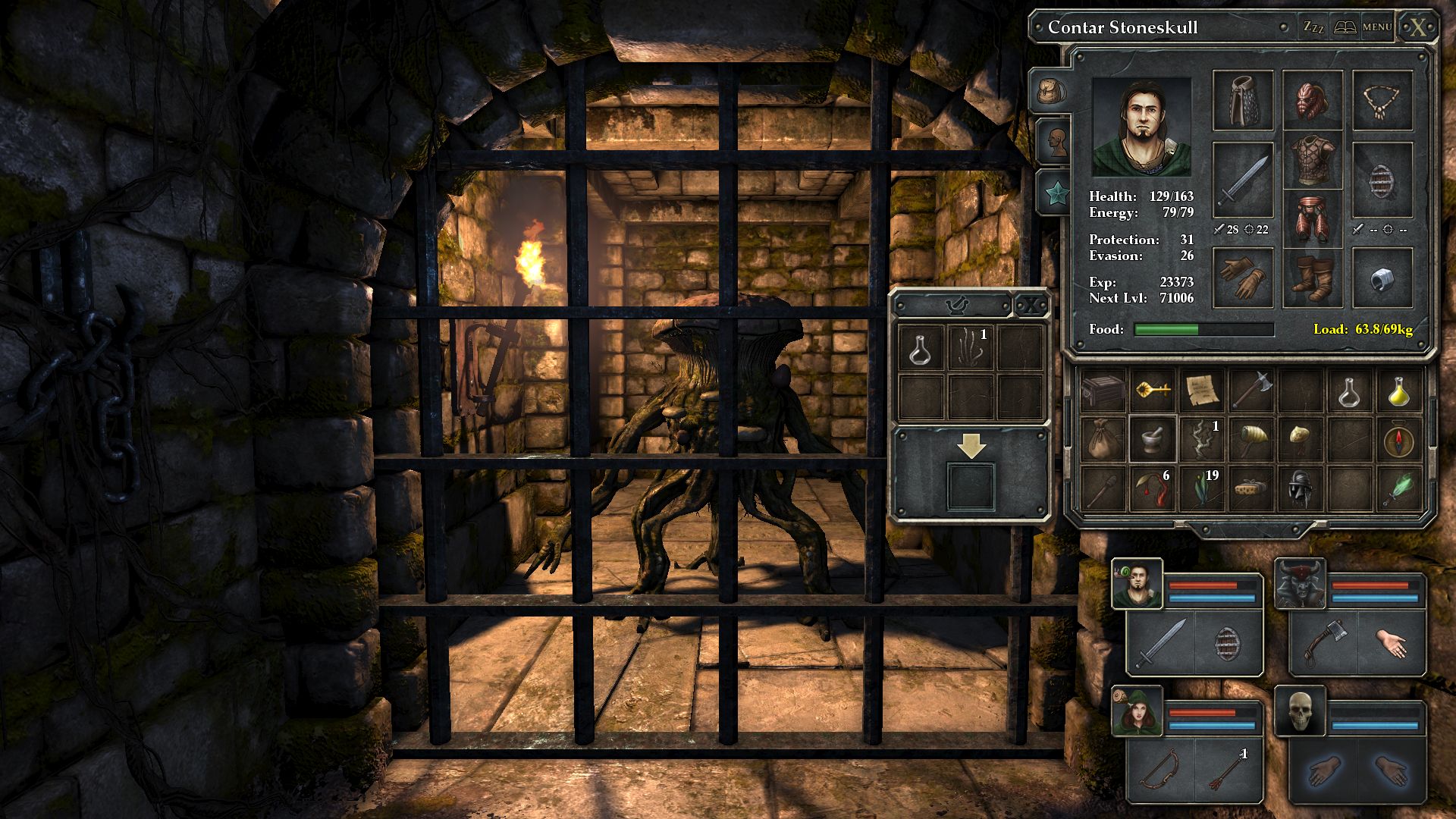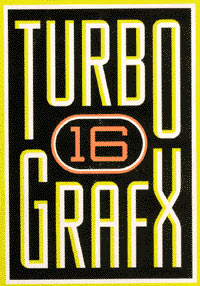|
Wizardry V
''Wizardry V: Heart of the Maelstrom'' is the fifth scenario in the ''Wizardry (video game series), Wizardry'' series of role-playing video games. It was published in 1988 by Sir-Tech for the Commodore 64, Apple II, and IBM PC compatibles (as a self-booting disk) . A port for the Super Nintendo Entertainment System, Super Famicom and FM Towns was later developed and published by ASCII (company), ASCII Entertainment in Japan. ''Wizardry V'' was released in the US for the Super NES by Capcom in 1993, and subsequently re-released for the Satellaview subsystem under the name ''BS Wizardry 5''. Plot Following from the events of ''Wizardry III: Legacy of Llylgamyn'', ''Heart of the Maelstrom'' begins after a period of peace brought about through the use of L'Kbreth's Orb is shattered when the powers of chaos literally begin to emerge into the world. These unnatural energies are especially focused in a series of tunnels beneath the Temple of Sages in Llylgamyn, fittingly called the Maels ... [...More Info...] [...Related Items...] OR: [Wikipedia] [Google] [Baidu] |
Sir-Tech
Sir-Tech Software, Inc. was a video game developer and video game publisher, publisher based in the United States and Canada. History In fall 1979, Sirotech Software was founded by Norman Sirotek, Robert Sirotek and Robert Woodhead. Sirotech Software published ''Info Tree'', a database management system, database management program, ''Galactic Attack'' and a beta version of ''Wizardry: Dungeons of Despair'' which was later renamed ''Wizardry: Proving Grounds of the Mad Overlord'' and formally released in fall 1981. It was the first game in the ''Wizardry (video game series), Wizardry'' series. In spring 1981, Sir-Tech Software, Inc was incorporated as a video game developer and publisher in the United States. In 1998, Sir-Tech USA closed. The Canada, Canadian counterpart, Sirtech Canada Limited, continued to operate until late 2003. Sir-Tech is best known for ''Wizardry'', the role-playing video game series. The ''Jagged Alliance (series), Jagged Alliance'' series, first publi ... [...More Info...] [...Related Items...] OR: [Wikipedia] [Google] [Baidu] |
Super Nintendo Entertainment System
The Super Nintendo Entertainment System, commonly shortened to Super Nintendo, Super NES or SNES, is a Fourth generation of video game consoles, 16-bit home video game console developed by Nintendo that was released in 1990 in Japan, 1991 in North America, 1992 in Europe and Oceania and 1993 in South America. In Japan, it is called the In South Korea, it is called the Super Comboy and was distributed by SK Hynix, Hyundai Electronics. The system was released in Brazil on August 30, 1993, by Playtronic. In Russia and Commonwealth of Independent States, CIS, the system was distributed by Steepler from 1994 until 1996. Although each version is essentially the same, several forms of regional lockout prevent cartridges for one version from being used in other versions. The Super NES is Nintendo's second programmable home console, following the Nintendo Entertainment System (NES). The console introduced advanced graphics and sound capabilities compared with other systems at the time. ... [...More Info...] [...Related Items...] OR: [Wikipedia] [Google] [Baidu] |
The Return Of Werdna
''Wizardry IV: The Return of Werdna'' (originally known as ''Wizardry: The Return of Werdna - The Fourth Scenario'') is a role-playing video game developed and published by Sir-Tech. The fourth installment in the ''Wizardry'' series, it was released on personal computers in 1987 and later ported to home consoles, such as the PC Engine CD and the PlayStation, through the ''Wizardry: New Age of Llylgamyn'' compilation. ''The Return of Werdna'' is drastically different from the trilogy that precedes it. Rather than continuing the adventures of the player's party from the previous three games, ''The Return of Werdna's'' protagonist is Werdna, the evil wizard that was defeated at the end of '' Wizardry: Proving Grounds of the Mad Overlord'' and imprisoned at the bottom of his dungeon forever. Gameplay The game begins at the bottom of a 10-level dungeon. Most of Werdna's powers are depleted and must be gradually recovered throughout the game. The initial goal is to climb to the top of ... [...More Info...] [...Related Items...] OR: [Wikipedia] [Google] [Baidu] |
Suit (cards)
In playing cards, a suit is one of the categories into which the cards of a deck are divided. Most often, each card bears one of several pips (symbols) showing to which suit it belongs; the suit may alternatively or additionally be indicated by the color printed on the card. The rank for each card is determined by the number of pips on it, except on face cards. Ranking indicates which cards within a suit are better, higher or more valuable than others, whereas there is no order between the suits unless defined in the rules of a specific card game. In most decks, there is exactly one card of any given rank in any given suit. A deck may include special cards that belong to no suit, often called jokers. While English-speaking countries traditionally use cards with the French suits of Clubs, Spades, Hearts and Diamonds, many other countries have their own traditional suits. Much of central Europe uses German suited cards with suits of Acorns (Clubs), Leaves (Spades), Hear ... [...More Info...] [...Related Items...] OR: [Wikipedia] [Google] [Baidu] |
Legacy Of Llylgamyn
''Wizardry III: Legacy of Llylgamyn'' (originally known as ''Wizardry: Legacy of Llylgamyn - The Third Scenario'') is the third scenario in the ''Wizardry'' series of role-playing video games. It was published in 1983 by Sir-Tech. Plot The City of Llylgamyn is threatened by the violent forces of nature. Earthquakes and volcanic rumblings endanger everyone. Only by seeking the dragon L'Kbreth can the city be saved. Gameplay ''Legacy of Llylgamyn'' is another six-level dungeon crawl, although the dungeon is a volcano so the party journeys upwards rather than downwards. The gameplay and the spells are identical to the first two scenarios. Parties of up to six characters can adventure at one time. Characters have to be imported from either '' Wizardry: Proving Grounds of the Mad Overlord'' or '' Wizardry II: The Knight of Diamonds''. However, since the game is set years later, the characters are actually the descendants of the original characters. They keep the same name and cla ... [...More Info...] [...Related Items...] OR: [Wikipedia] [Google] [Baidu] |
Japan
Japan is an island country in East Asia. Located in the Pacific Ocean off the northeast coast of the Asia, Asian mainland, it is bordered on the west by the Sea of Japan and extends from the Sea of Okhotsk in the north to the East China Sea in the south. The Japanese archipelago consists of four major islands—Hokkaido, Honshu, Shikoku, and Kyushu—and List of islands of Japan, thousands of smaller islands, covering . Japan has a population of over 123 million as of 2025, making it the List of countries and dependencies by population, eleventh-most populous country. The capital of Japan and List of cities in Japan, its largest city is Tokyo; the Greater Tokyo Area is the List of largest cities, largest metropolitan area in the world, with more than 37 million inhabitants as of 2024. Japan is divided into 47 Prefectures of Japan, administrative prefectures and List of regions of Japan, eight traditional regions. About three-quarters of Geography of Japan, the countr ... [...More Info...] [...Related Items...] OR: [Wikipedia] [Google] [Baidu] |
ASCII (company)
was a Japanese publishing company based in Chiyoda, Tokyo. It became a subsidiary of Kadokawa Group Holdings in 2004, and merged with another Kadokawa subsidiary MediaWorks (publisher), MediaWorks on April 1, 2008, becoming ASCII Media Works. The company published ''ASCII (magazine), Monthly ASCII'' as the main publication. ASCII is best known for creating the ''Derby Stallion'' video game series, the MSX computer, and the ''RPG Maker'' line of programming software. History 1977–1990: Founding and first projects ASCII was founded in 1977 by Kazuhiko Nishi, Akio Gunji and Keiichiro Tsukamoto. The name was taken from the ASCII code that was referred to a computer character set. Originally the publisher of a magazine with the same name, ''ASCII (magazine), ASCII'', talks between Bill Gates and Nishi led to the creation of Microsoft, Microsoft's first overseas sales office, ASCII Microsoft, in 1978.Quote from Bill Gates' ''The Road Ahead'', found in In 1980, ASCII made 1.2 billio ... [...More Info...] [...Related Items...] OR: [Wikipedia] [Google] [Baidu] |
Self-booting Disk
A self-booting disk is a floppy disk for home computers or personal computers that loads directly into a standalone application when the system is turned on, bypassing the operating system. This was common, standard, on some computers in the late 1970s to early 1990s. Video games were the type of application most commonly distributed using this technique. The term "PC booter" is sometimes used in reference to self-booting software for IBM PC compatibles. On other systems, like the Apple II and Atari 8-bit computers, almost all software is self-booting. On the IBM PC, the distinction is between a self-booting program and one which is started by the user via an operating system such as MS-DOS or IBM PC DOS. The term "PC booter" was not contemporaneous with when self-booting games were being released. Purpose On some home computers like the Apple II, software is loaded by inserting a floppy disk and turning on or resetting the machine. It's analogous to cartridges on game console ... [...More Info...] [...Related Items...] OR: [Wikipedia] [Google] [Baidu] |
IBM PC Compatible
An IBM PC compatible is any personal computer that is hardware- and software-compatible with the IBM Personal Computer (IBM PC) and its subsequent models. Like the original IBM PC, an IBM PC–compatible computer uses an x86-based central processing unit, sourced either from Intel or a second source like AMD, Cyrix or other vendors such as Texas Instruments, Fujitsu, OKI, Mitsubishi or NEC and is capable of using interchangeable commodity hardware such as expansion cards. Initially such computers were referred to as PC clones, IBM clones or IBM PC clones, but the term "IBM PC compatible" is now a historical description only, as the vast majority of microcomputers produced since the 1990s are IBM compatible. IBM itself no longer sells personal computers, having sold its division to Lenovo in 2005. " Wintel" is a similar description that is more commonly used for modern computers. The designation "PC", as used in much of personal computer history, has not meant "pe ... [...More Info...] [...Related Items...] OR: [Wikipedia] [Google] [Baidu] |
Role-playing Video Game
Role-playing video games, also known as CRPG (computer/console role-playing games), comprise a broad video game genre generally defined by a detailed story and character advancement (often through increasing characters' levels or other skills). Role-playing games almost always feature combat as a defining feature and traditionally used Turn-based role-playing game, turn-based combat; however, modern role-playing games commonly feature real-time Action role-playing game, action combat or even non-violent forms of conflict resolution (with some eschewing combat altogether). Further, many games have incorporated role-playing elements such as character advancement and quests while remaining within other genres. Role-playing video games have their origins in tabletop role-playing games and use much of the same :Role-playing game terminology, terminology, Campaign setting, settings, and Game mechanics, game mechanics. Other major similarities with pen-and-paper games include develope ... [...More Info...] [...Related Items...] OR: [Wikipedia] [Google] [Baidu] |
PC Engine CD
The TurboGrafx-16, known in Japan as the , is a home video game console developed by Hudson Soft and manufactured by NEC. It was released in Japan in 1987 and in North America in 1989. The first console of the fourth generation, it launched in Japan to compete with Nintendo's Famicom, but its delayed U.S. debut placed it against the more advanced Sega Genesis and later the Super NES. The TurboGrafx-16 features an 8-bit CPU paired with dual 16-bit graphics processors, and supports up to 482 on-screen colors from a palette of 512. The "16" in the console’s North American branding was criticized as misleading. With dimensions of , the PC Engine remains the smallest major home console ever released. Games were initially released on HuCard cartridges, but the platform later supported additional formats requiring separate hardware: TurboGrafx-CD (''CD-ROM²'' in Japan) games on compact disc, SuperGrafx games on a new console variant, and LD-ROM² games on LaserDisc via the LaserAc ... [...More Info...] [...Related Items...] OR: [Wikipedia] [Google] [Baidu] |
FM Towns
The is a Japanese personal computer built by Fujitsu from 1989 to 1997. It started as a proprietary PC variant intended for multimedia applications and PC games, but later became more compatible with IBM PC compatibles. In 1993, the FM Towns Marty was released; it is a game console compatible with existing FM Towns games. The "FM" part of the name means "Fujitsu Micro" like their earlier products, while the "Towns" part is derived from the code name the system was assigned while in development, "Townes". This refers to Charles Townes, one of the winners of the 1964 Nobel Prize in Physics, following a custom of Fujitsu at the time to code name PC products after Nobel Prize winners. The e in "Townes" was dropped when the system went into production to make it clearer that the term was to be pronounced like the word "towns" rather than the potential "tow-nes". History Fujitsu decided to release a new home computer after the FM-7 was technologically overcome by NEC's PC- ... [...More Info...] [...Related Items...] OR: [Wikipedia] [Google] [Baidu] |



